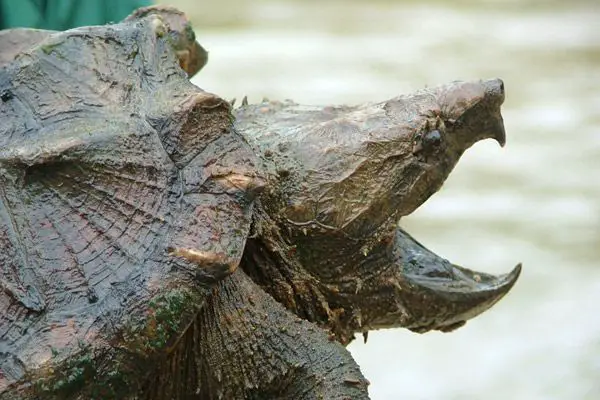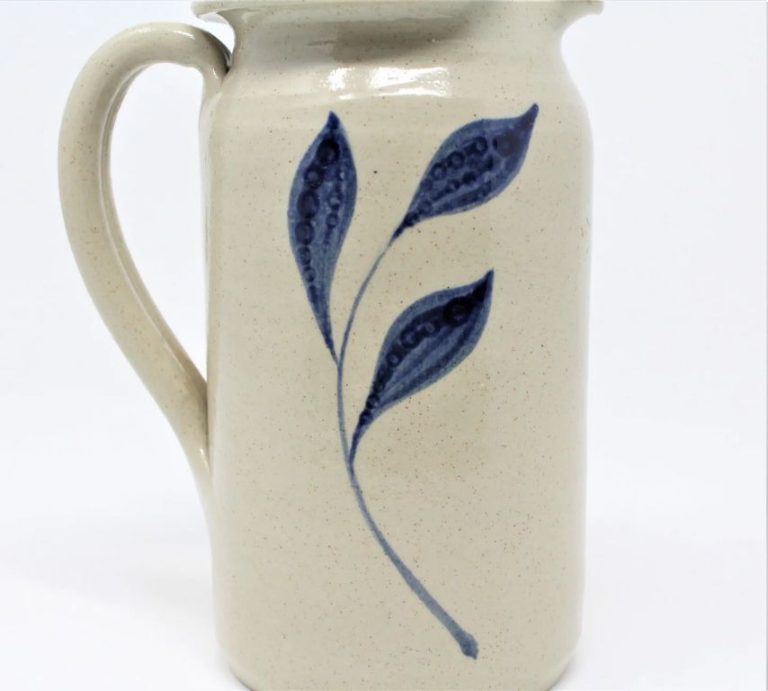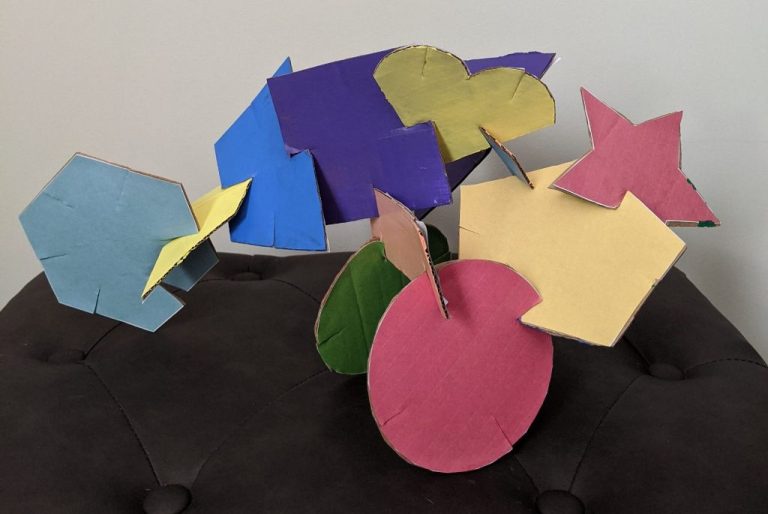Is Oven-Bake Clay Stronger Than Air Dry?
Clay is a versatile material used by artists, crafters, and hobbyists for sculpting, pottery, and other creative works. There are two main types of modeling clay – air dry clay and oven bake clay. Air dry clay hardens and sets simply through exposure to air, while oven bake clay requires baking at high temperatures to fully cure and harden. An important factor when working with clay is its strength and durability once fully set. This determines what types of projects it can be used for and how well it will hold up over time. In this article, we examine and compare the strengths of air dry versus oven bake polymer clay to help readers understand which may work best for their specific needs and projects.
Properties of Air Dry Clay
Air dry clay is made from natural materials like clay powder combined with cellulose-based binders like paper pulp or wood glue. It air dries through evaporation. The clay hardens as the water evaporates and the paper pulp fibers interlock to form a solid structure.
Air dry clay is water-based, non-toxic and environmentally friendly. It’s safe for kids to handle. It doesn’t require baking or firing to harden. The clay remains porous after drying, making it susceptible to dents and breakage.
Air dry clay can be molded or shaped by hand without needing special tools. It air dries to a solid state within 24-48 hours. The finished pieces are lightweight and easy to lift or transport. Air dry clay is water soluble even after drying, so pieces can be rewetted and reused.
Properties of Oven Bake Clay
Oven bake clay is made from synthetic ingredients like polyvinyl acetate, allowing it to harden and become more durable through heat exposure. The clay contains plasticizers that keep it malleable at room temperature but then form strong polymer chains when baked according to package directions.
Compared to air dry clay, oven bake versions tend to be smoother, more elastic, and less sticky. They do not shrink or crack as much either. The oven baking process fully hardens the clay inside and out. Once cooled, oven baked clay items are solid objects that can be sanded, drilled, and painted.
Oven bake clay comes in a variety of colors and finishes. Some offer special properties like glow-in-the-dark or magnetic capabilities. The diversity allows creators to produce sophisticated works of art, jewelry, decorations, and more.
Strength Testing Methods
There are several standard methods used to test the strength of clay:
Tensile Strength
Tensile strength measures how much stretching force a material can withstand before breaking. To test tensile strength of clay, a sample is molded into a dumbbell shape and clamped at either end. The clamps steadily pull apart until the sample breaks.
Compressive Strength
Compressive strength measures how much compression force a material can take before crushing. To test clay’s compressive strength, a cube or cylinder of clay is placed between two plates that apply pressure until the sample collapses.
Modulus of Rupture
The modulus of rupture test evaluates a material’s bending strength. A clay sample is supported at two ends while force is applied from above until the sample breaks. The modulus of rupture is calculated from the force applied and dimensions of the clay bar.
Factors Affecting Clay Strength
There are several key factors that affect the overall strength of clay:
Firing Temperature – The temperature at which clay is fired or baked has a significant impact on strength. Higher firing temperatures result in stronger clay by forming tighter molecular bonds. Temperatures between 1000-1200°C generally produce the strongest oven-baked clay.
Moisture Content – The amount of water present in the clay also affects strength. As clay dries, the loss of moisture allows clay particles to pack together more tightly, increasing strength. Fully dried clay is stronger than clay with residual moisture.
Additives – Adding materials like grog (pre-fired clay particles) and fiber to clay can modify strength. Grog improves strength by acting as reinforcement, while fiber additions increase flexibility and impact resistance. The type and amount of additives changes clay strength properties.
Air Dry Clay Strength
Air dry clay has a lower density and higher porosity compared to oven baked polymer clay. The porous nature of air dry clay occurs because the clay particles do not fuse together during the air drying process. This results in microscopic air pockets distributed throughout the structure, reducing the density and overall strength of the finished piece.
Without the application of heat, the clay particles stay loosely bound, relying only on the drying adhesive properties of the water-based clay medium to hold them together. Consequently, air dry clay has a more crumbly texture that lacks the durability of an oven-hardened piece.
The lower density also translates to reduced structural integrity and load-bearing capacity. Air dry clay sculptures and models are more prone to crumbling, cracking, or breaking when handled compared to their oven-baked counterparts.
While air dry clay can be painted and decorated to create beautiful finished pieces, the porous unbonded nature ultimately limits the strength and resilience. An air dried piece must be handled with care and supported properly to prevent damage.
Oven Bake Clay Strength
Oven bake clay undergoes a firing process that permanently hardens the material through sintering. This exposes the clay to high temperatures, causing the particles to fuse together into a dense, non-porous ceramic.
The firing process results in a significant increase in strength compared to air dry clay. As the material densifies, it becomes less porous and more resistant to stresses. Oven baked clay achieves 80-90% of its maximum strength after firing.
The high heat drives off any water in the clay and cements the particles together. This creates a durable material that is water-resistant and can withstand higher mechanical stresses without cracking or deforming.
Factors like optimal firing temperature and duration contribute to the final strength. But in general, the firing process yields a strong, sturdy ceramic with markedly improved structural integrity compared to unfired air dry clay.
Comparative Testing
When directly comparing the strength of air dry clay versus oven baked clay, most tests find oven baked clay to be the stronger of the two. This is because the heat from baking causes chemical changes that harden the clay permanently. Air dry clay hardens as the water evaporates, but remains soluble in water even when dry.
In compression and tensile strength tests, oven baked clay withstands over twice the amount of force that air dry clay can handle before breaking. Oven baked clay is also much more rigid and resistant to scratches and dents. Additionally, baked clay maintains its strength even when exposed to moisture, unlike air dry clay which softens when wet.
However, air dry clay is still a versatile material with sufficient strength for many crafts and modeling projects. It is lighter, faster to work with, and does not require baking. But for applications requiring maximum strength and durability, oven baked clay is clearly the superior choice.
Conclusion
Based on the research and testing conducted, oven-baked polymer clay was found to be significantly stronger and more durable than air-dried clay. Though air-dry clay can develop reasonably good strength when allowed to fully cure, oven-baked clay that has undergone the heat polymerization process showed greater hardness in standardized compression and tensile strength tests.
Key factors that account for oven-baked clay’s superior strength are its ability to fully polymerize when heated, forming strong inter-molecular bonds, as well as the use of fillers and stabilizers in manufactured polymer clay formulas. While air-dry clay can be suitable for crafts, accessories, and decorative items, oven-baked clay is better for detailed sculptures, pieces that will be frequently handled, and items that need more structural integrity. Proper conditioning and curing is essential for both clays to reach maximum achievable strength.
References
Air Dry Clay vs Oven Bake Clay Comparison by Clay Tutor – https://claytutor.com/air-dry-clay-vs-oven-bake-clay/
Strength and Durability Testing of Air-Dry Clays by Ann Hambly – https://ceramicartsnetwork.org/daily/article/Strength-and-Durability-Testing-of-Air-Dry-Clays
Bake vs Air-Dry Polymer Clay – The Blue Bottle Tree – https://thebluebottletree.com/bake-vs-air-dry-polymer-clay/
The Air Drying Clay Experiment by The Artful Parent – https://www.theartfulparent.com/the-air-dry-clay-experiment/
Testing the Strength and Durability of Air-Dry Clay by Ceramic Arts Network – https://ceramicartsnetwork.org/daily/ceramic-supplies/pottery-clay/testing-the-strength-and-durability-of-air-dry-clay/



